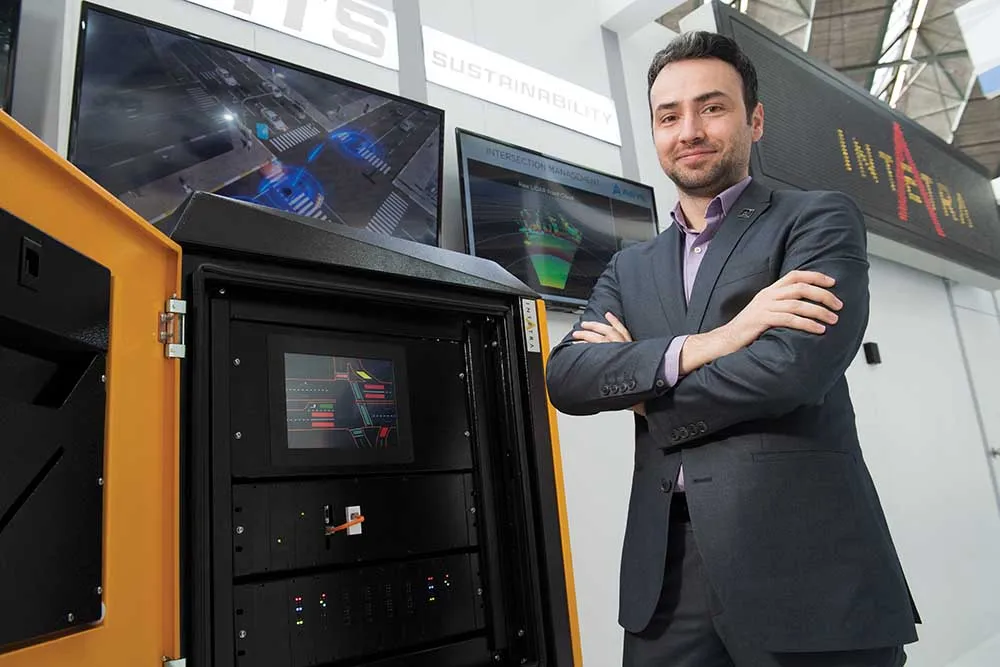Canadian company STI-Tassimco has developed the STS-22 to enable traffic authorities to easily synchronise all its traffic controllers. Featuring a GPS satellite time synchronisation module and a user friendly display, the device fits a standard NEMA or 170 detection chassis or can be mounted in its own one-position chassis, and updates the controller’s clock on a regular basis. The STS-22 will compensate for the clock’s temperature drifting and other variations observed in the field, keeping it accurate w
November 25, 2013
Read time: 1 min

Canadian company 7533 STI-Tassimco has developed the STS-22 to enable traffic authorities to easily synchronise all its traffic controllers. Featuring a GPS satellite time synchronisation module and a user friendly display, the device fits a standard NEMA or 170 detection chassis or can be mounted in its own one-position chassis, and updates the controller’s clock on a regular basis. The STS-22 will compensate for the clock’s temperature drifting and other variations observed in the field, keeping it accurate with GPS satellite time. Following a power failure, the unit will also automatically readjust the controller’s time to ensure the intersection goes back online and coordinates quickly with the other controllers.









